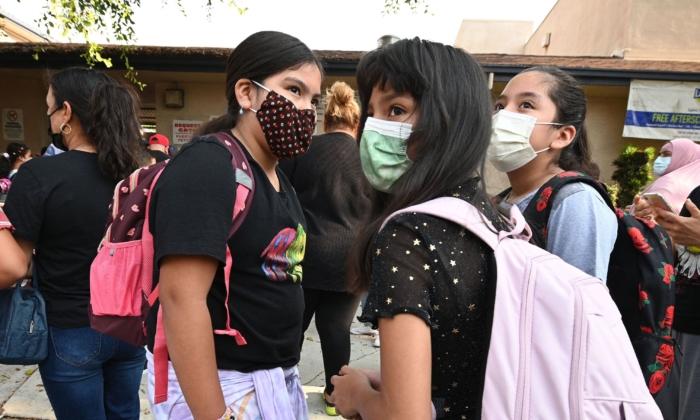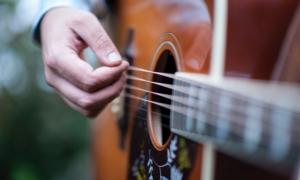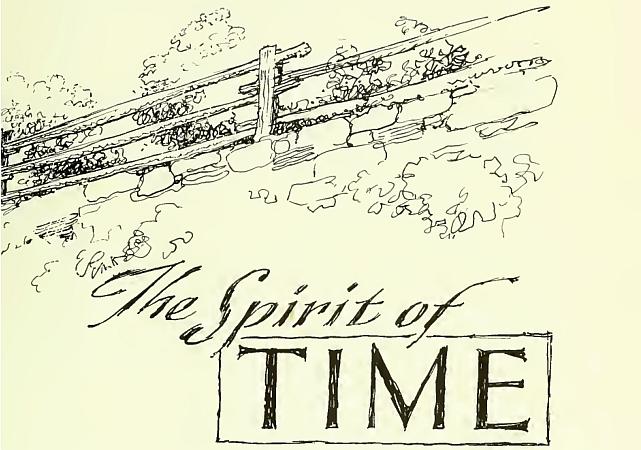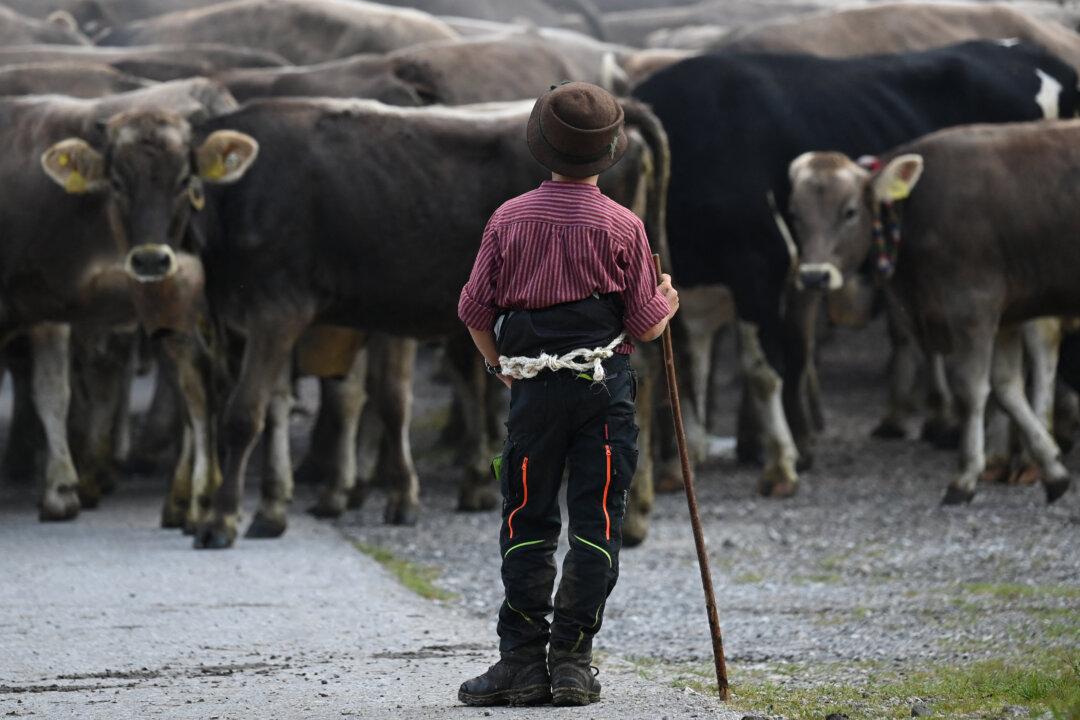One of the greatest contributions that the United States gave to the world was and is religious freedom. In 2020, that freedom was taken away from all religions in the United States. We’ve not yet come to terms with this awful reality and what it means for the future of faith.
The lockdowns were a major blow to religious institutions and practice. Every major survey shows that attendance at weekly religious services is down from pre-lockdown times.
I’ve had this confirmed by many friends who report that the religious houses of their choice seem to show far less participation. This very likely translates to a decline in financial support, too. Once people got out of the habit of participating in a physical church, the ritual was broken, and now we see the spreading of indifference. This surely isn’t a good sign.
But that picture is complicated by a strange feature: The religious congregations that resisted COVID-19 controls and shutdowns have likely earned trust and loyalty from their members. Indeed, this weekend I happened to attend the debut of a new opera where attendance was dominated by what are called “traditionalist” Catholics. Talking with people after, I was thrilled to learn just how many of their congregations never closed down.
A priest friend of mine in the Midwest tells the story of Easter 2020, when most every church in the country was closed. That’s an outrage, by the way. It’s a devastating commentary on the Catholic bishops that they uttered no protest against this. It’s a black mark against an entire generation of church leadership.
My priest friend, however, stood up to his own bishop and said he would sooner resign his post as pastor than lock his own parishioners out of church on Holy Week.
“You are bluffing,” the bishop said.
“Try me,” the priest answered.
The bishop couldn’t afford to take the chance of losing this man because his parish had a very large school and was thriving. So the meeting ended with the bishop neither giving permission nor refusing it. The parish allowed parishioners to come in the back entrance where the media wasn’t on the lookout, and they kept the lights in the building very low so as not to attract government officials.
Services went on. The parishioners haven’t forgotten this act of bravery, and they increased their participation and financial support in gratitude. The priest was tested and showed that he took seriously the Gospel message. He wasn’t going to throw away the words of Jesus that wherever two or three gather in his name, there is God.
There is nothing in the Gospels about social distancing, much less mRNA jabs as a moral imperative.
Jesus ate with the lepers, but Dr. Anthony Fauci told us not to get near each other because of a virus circulating with a 99 percent and higher survival rate, even while he was banning therapeutics and killing people with ventilators and toxic pharmaceuticals.
Those who trusted Jesus over Dr. Fauci have earned the respect of their congregations. But there is even more to it than that.
There is something about a very strong religious faith that protected people against government propaganda in those times. They could see straight through the lies even as more secular people in general went for the government-pushed baloney.
Think back to those times. Who resisted? Certainly the traditional Catholics did, more than a few of them devoted to the older form of liturgy with Latin and all the smells and bells. They teach a stricter doctrine about sin and salvation than you get from the watered-down version in modern parish life. Those people were certainly among the resistance to government decrees.
It was the same with Jewish congregations. The typical Reform, Conservative, and Modern Orthodox temples and synagogues shut down and went to Zoom. This infuriated people and alienated them from their places of worship. But in many communities called “ultra-Orthodox,” or Hasidic among others, there was indefatigable resistance.
Indeed, both the governor and mayor of New York dared blame these faithful Jews for the spreading of disease. The New York Times agreed completely, despite how this claim revived one of the more grotesque smears of the Jews from the Middle Ages.
The Amish never paid the slightest attention to the disease frenzy that shut down the rest of society. In the Anabaptist tradition, which also includes the Mennonites, there is no real distinction among the community, the way of life, and the functioning of the place of worship. It’s all in unity in both belief and practice. And so there simply was never a chance that these people would stop worshiping God in the way their tradition demands.
It was all true of many break-off sects of the so-called Mormons. Outside the confines of the official church that is forever seeking respectability of the media and secular elites, these communities continued right on with their practices. And why not? Their whole lives are defined by the choice to believe and live in a certain way. Some hysterical screaming from D.C. and the media elites isn’t going to shake them from something much more fundamental: the relationship of their members to their God.
The evangelicals were a bit slow to catch on to the scam that was the lockdowns, but they figured it out, too, many by the summer of 2020, and they started holding weddings and funerals. Regular weekly services returned, to the howls of the media hounds, but they didn’t care. Once they had shaken off their fears, they were ready to get back to their religious obligations.
Tellingly, it was the more secular areas of the country that stayed closed longer. And the mainline Protestant and Catholic churches proved themselves all too willing to go along with the demands that they shut down services because of Dr. Fauci’s diktats.
For most of 2020 and 2021, many of these churches simply kept their doors closed or forcibly masked their parishioners. Horribly, some of them even went along with the vaccine mandate, not only for staff but for parishioners, too.
“Nationwide, a number of churches and synagogues are implementing vaccine mandates,” the Deseret News wrote in September 2021. “Some are requiring not just clergy and staff to get vaccinated but even congregants. Grace Cathedral, an Episcopal church in San Francisco, California, is enforcing such an all encompassing mandate — complete with ushers who will politely turn away those without proof of vaccination.”
I’m not saying that such churches deserve to go out of business, but ... actually, such churches deserve to go out of business.
What have we learned? People who take their faith seriously have proven that they are more immune to the lies of the secular elites than those who barely go through the motions. It’s the hardcore among them who put God ahead of government, their teachings ahead of the media, and their personal convictions ahead of the biomedical elite and their bogus claims.
In other words, it was faith itself that enabled people to follow real science better than those who outsourced their hearts and salvation to pharmaceutical companies and government bureaucrats. In still other words, it was the people of firm religious conviction who proved to be better practitioners of both science and human values.
Think about what that means in terms of the history of science and faith. For centuries, we’ve been told that only a faithless rationalism provides a guide to truth, while faith is merely a superstitious distraction. There are perhaps some valid historical reasons for this bias—certainly the union of church and state wasn’t good for religion or civic community—but the truth is more complicated.
The past three years have shown that this claim might be completely inverted. It’s faith that allows people clarity to see through government propaganda and inspires people with moral conviction to do what is right regardless of what a totalitarian government happens to be preaching at any one time.
In the end, it was Dr. Fauci and the whole COVID regime that was the superstitious distraction, while robust and traditional religion provided the best guide to light and truth.







